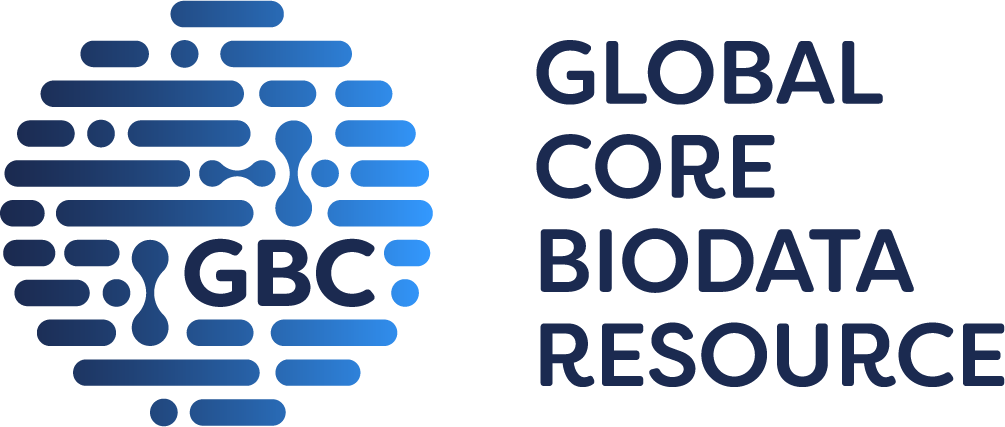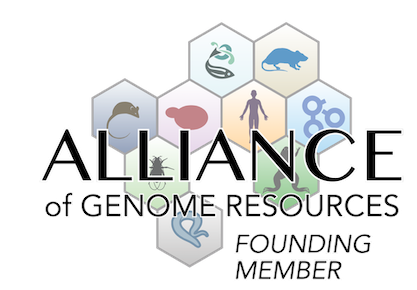normal phenotype
|
• viable and fertile with no overt abnormalities
|
 Analysis Tools
Analysis Tools|
Allele Symbol Allele Name Allele ID |
Cacna1atm2.1Maag targeted mutation 2.1, Arn van den Maagdenberg MGI:3696966 |
||||||||||||||||||||||||||||||||
| Summary |
7 genotypes
|
|
|
| ♀ | phenotype observed in females |
| ♂ | phenotype observed in males |
| N | normal phenotype |
|
• viable and fertile with no overt abnormalities
|
|
|
| ♀ | phenotype observed in females |
| ♂ | phenotype observed in males |
| N | normal phenotype |
|
• mice injected with a lentivirus expressing cre recombinase into the midline or lateral cerebellum (to affect only 10-15% of the cerebellum) exhibit abnormal dystonic movements, with most isolated to a single body part, such as the hindlimb
• 90% of abnormal movements are tonic flexion or extension of the hindlimb, 8% are clonic movements of the head/neck and 2% are tonic flexion or extension of the trunk
|
|
• mice injected with a lentivirus expressing cre recombinase into the midline or lateral cerebellum (to affect only 10-15% of the cerebellum) exhibit abnormal dystonic movements, with most isolated to a single body part, such as the hindlimb
• 90% of abnormal movements are tonic flexion or extension of the hindlimb, 8% are clonic movements of the head/neck and 2% are tonic flexion or extension of the trunk
|
|
• mice injected with a lentivirus expressing cre recombinase into the cerebellum exhibit an increase in electromyography amplitude of tibialis and gastrocnemius muscles
|
Mouse Models of Human Disease |
DO ID | OMIM ID(s) | Ref(s) | |
| generalized dystonia | DOID:0050835 | J:233263 | ||
|
|
| ♀ | phenotype observed in females |
| ♂ | phenotype observed in males |
| N | normal phenotype |
|
• mice start showing problems righting themselves around P10-P12
|
|
• mice start showing loss of balance during walking around P10-12
|
|
• P18 mice perform worse on the rotarod than wild-type mice
• P30 mice are severely impaired on the rotarod, staying a shorter amount of time on the accelerating rod than wild-type mice, falling off the rod at a lower rotating speed, and do not improve over time
|
|
• degeneration of molecular layer interneurons by P200-250
|
|
• volume reductions and increase in surface density in all cerebellar nuclei
|
|
• neurodegenerative changes are first seen around P45, with argyrophylic staining in the Purkinje cell layer
• Purkinje cell degeneration in the cerebellum is clearly seen from P60, showing somatic sprouting and axonal swellings and progresses until P200-P250 when a significant decrease in Purkinje cell number is seen
|
|
• degeneration of granule cells by P200-250
|
|
• neurodegenerative changes are first seen around P45, with argyrophylic staining in the molecular layer
|
Mouse Models of Human Disease |
DO ID | OMIM ID(s) | Ref(s) | |
| cerebellar ataxia | DOID:0050753 | J:234599 | ||
|
|
| ♀ | phenotype observed in females |
| ♂ | phenotype observed in males |
| N | normal phenotype |
| N |
• mice do not exhibit motor dysfunction on the rotarod
|
|
|
| ♀ | phenotype observed in females |
| ♂ | phenotype observed in males |
| N | normal phenotype |
|
• mice exhibit dystonia that is more severe than in single Cacna1atg homozygotes
• more than 95% of abnormal movements are either tonic or clonic
• mice show a small (5%) but significant shift towards increased head/neck postures than in single Cacna1atg homozygotes
|
|
• mice exhibit dystonia that is more severe than in single Cacna1atg homozygotes
• more than 95% of abnormal movements are either tonic or clonic
• mice show a small (5%) but significant shift towards increased head/neck postures than in single Cacna1atg homozygotes
|
|
|
| ♀ | phenotype observed in females |
| ♂ | phenotype observed in males |
| N | normal phenotype |
| N |
• mice do not exhibit motor dysfunction on the rotarod
|
|
|
| ♀ | phenotype observed in females |
| ♂ | phenotype observed in males |
| N | normal phenotype |
|
• die around P20-22 if left unaided
|
|
• acetylcholine release is insensitive to 200 nM omega-Agatoxin-IVA in neuromuscular junctions
|
|
• about a 40% reduction in quantal content in neuromuscular junctions
|
|
• at P20
|
Mouse Genome Database (MGD), Gene Expression Database (GXD), Mouse Models of Human Cancer database (MMHCdb) (formerly Mouse Tumor Biology (MTB)), Gene Ontology (GO) |
||
|
Citing These Resources Funding Information Warranty Disclaimer, Privacy Notice, Licensing, & Copyright Send questions and comments to User Support. |
last database update 12/10/2024 MGI 6.24 |

|
|
|
||


